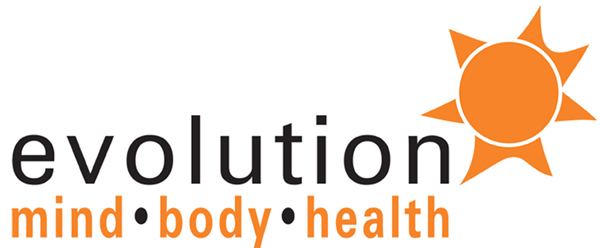
Feeling tight and inflexible? You might think you should stretch more? If you like to stretch, go ahead, if you don’t, it won’t make much of a difference, unless you want to perform better. Then don’t stretch.
There is a corresponding 5 – 7.5% decrease in performance after you hold a stretch. 5% is the difference between Usain Bolt winning a race and not even making it to the finals.
Does that mean you shouldn’t stretch at all? I wouldn’t go that far (actually I would because I never stretch) but a dynamic warm up before activity is better than holding a stretch. Holding a stretch decreases strength and reduces your muscles response to nerve stimulation, making you slower.
What about yoga?
You might enjoy yoga, just save it for after your workout, and regardless of what yoga practitioners tell you about making your muscles “longer and leaner” that is not possible, nor would it be advisable. When you stretch you are lengthening your muscles and tendons, but it is not how you want them to be permanently, like an overstretched rubber band. Your muscles are attached to your bones, via your tendons, and unless you injure the muscle or tendon it will not, and should not, permanently lengthen.
If muscle fibers don’t permanently lengthen why does stretching seem to improve flexibility? Stretching is more about getting your nervous system used to new positions more than it is about lengthening muscles. Most people spend their day sitting, so muscles are used to sitting, move into a new position and the nervous system responds. It adapts by resisting new positions by sending signals to fire and feel discomfort. When you stretch out of your normal range the nerves fire, contracting your muscles and resisting this new position to protect you from injury.
Why do yoga masters seem so flexible? They are used to these positions, they have retrained their nervous system to be “quiet” in these positions and can tolerate them without discomfort. Their muscles are not longer, but adapted to doing these poses without the corresponding nervous system warning signals. This also happens under anesthesia, when the nerves are quiet, you can move the sedated person through a full range of motion without any negative side effects.
This also explains why gymnasts and power lifters are both very flexible. They practice positions with a full range of motion.

You can test yourself at home with a broom stick. Hold the broom overhead, and try to squat as low as possible while keeping your feet flat on the floor, back flat and knees over toes. Does it look like this?

No?
Then I would practice doing more range of motion exercises. Start strengthening the muscles in these new positions. Don’t force it and don’t assume you can push past the pain. New research shows that yoga injuries are 10 times higher than previously reported. Pushing yourself into positions isn’t going to help.
Associate Professor Evangelos Pappas from the University of Sydney’s Faculty of Health Sciences, conducted research on yoga with Professor Marc Campo from Mercy College, New York, says,
If you like yoga, keep doing it, but not before a workout where you need balance, speed or reaction time. Be careful and don’t push past the point of pain. Warming up with gentle range of motion exercises and dynamic movements are best to prepare the muscles for movement, but stretching won’t help your performance.
Change your mind, change your health,
Shayla
Eat better, live better and feel better.
Do you want to be your best at any age? Tired of feeling old and tired? You can make healthy changes at any age. It is not too late to put yourself on the "to-do list". Start looking better and feeling better right now.
Sign up to start changing how you feel about your age today!

You must be logged in to post a comment.